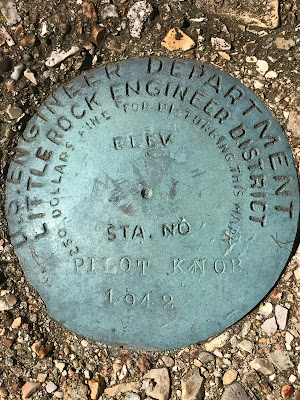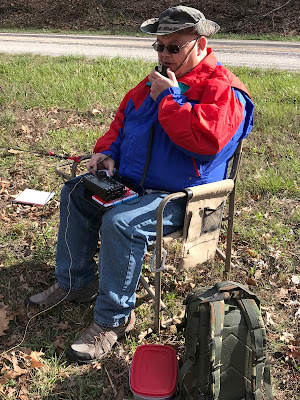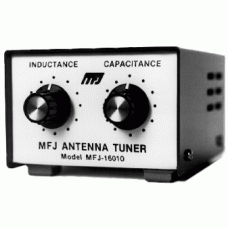The last few weeks seem to have brought a lot of, sometimes confusing, information about backing up your computer. I don't think it should be as complicated as so many authors make it seem. Here's my take on things...
We live in a digital world. Most things that are important to our family either came to us digitally or we've scanned into digital format. Much of our lives and memories live on an inexpensive, cheaply made hard drive spinning at 7200 rpm.
Scenario #1: Computers
or one of their components will periodically break.
That means you need to have a second copy of anything stored there that's important to you.
Scenario #2: Crooks can break into your home or office and steal your stuff. Hurricanes, tornadoes, floods, fire, etc. are all possibilities you should consider. If you do have a copy of your important data it should be somewhere other than where your computer is located so it doesn't get stolen or destroyed by the same disaster that got the computer.
In Scenario #1 it is more likely that the disk drive will break than other failures. In this case it is nice to have an
image backup so you can put in a new disk, restore the image, and be back where you left off without having to reinstall your operating system, application programs, data, etc. If it is NOT the disk drive that fails and you'll have to buy a new computer or motherboard the image won't do you much good since it's specific to the configuration of your old computer. You have a lot of reinstalling ahead of you but you should not have lost any information.
In Scenario #2 you or your insurance carrier will be buying a new computer. All of your important data was stored elsewhere so although it may be inconvenient, you haven't lost anything and you can restore it.
Please note: In any situation where you will have to reinstall application programs you need to have made copies of the originals along with the product keys, serial numbers, etc. If you copy those installation files, scanned copies of your invoice, license keys, etc. and store them in a folder on your hard drive they will be backed up along with all of your other important stuff. The one thing you do need to have separately (and off-site) is your operating system installation disks and information. This mainly applies to those of you who build your own computers. Most off the shelf computers come with the OS pre-installed if you have to buy a new one.
My recomendations?
I use an external USB hard drive and use a program such as
Macrium Reflect or
Acronis True Image to make a fresh image backup once a month. I also subscribe to a service called
Crashplan which backs up data on an ongoing basis. It makes copies to the external USB hard disk, another computer on my home network, and off-site to Crashplan's cloud storage. You don't have to do anything specific, it just works all on it's own.
There are other products that do similar things to what Macrium and Crashplan offer. I'm sure that many are good products. These were what I used first and they have never let me down so I haven't explored others.
I know a lot of people will think this is a lot of trouble or that none of this can ever happen to them. Well, I'm sorry, you're wrong. It happens to people all over the world every single day.



























